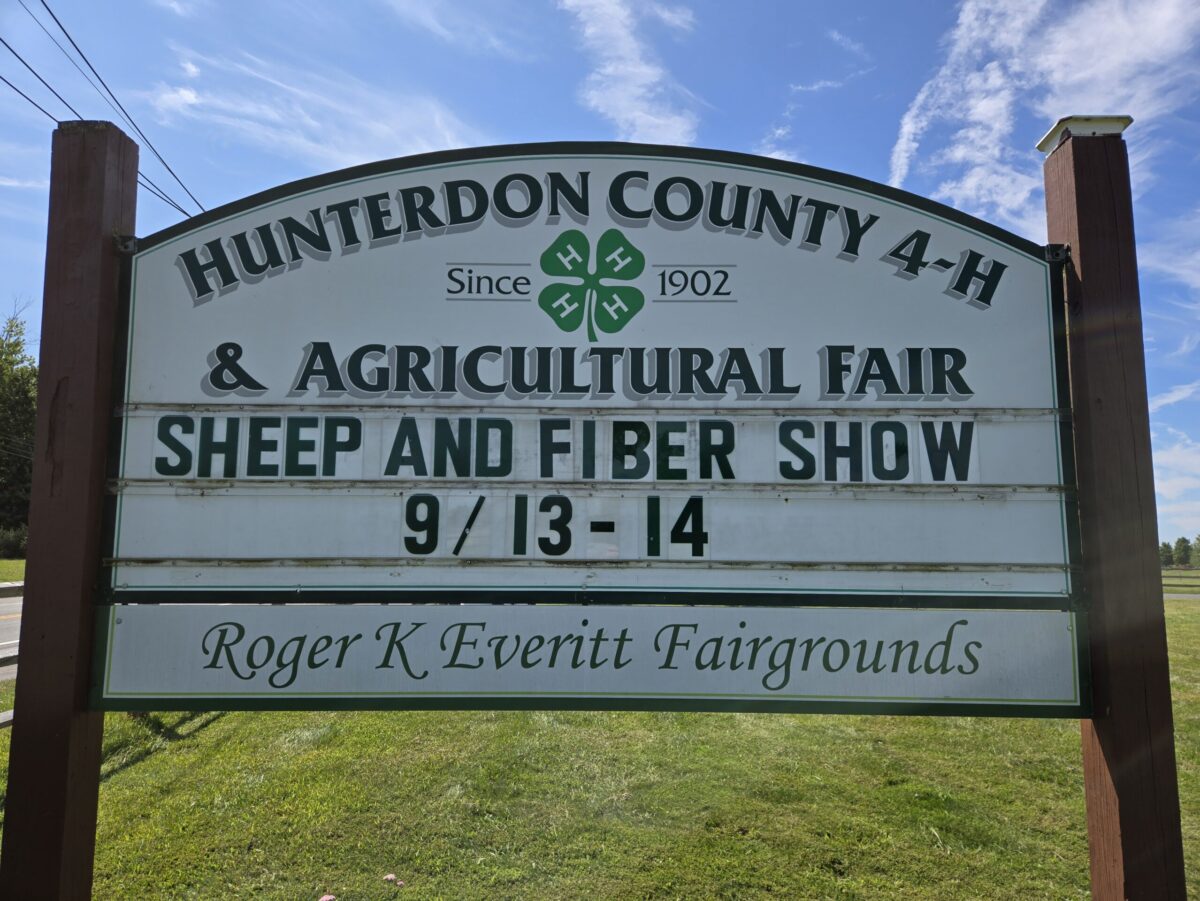GSSB member CB Katzenbach is sharing the following message from NJ extension agent Mike Westendorf regarding the current drought and the potential health problems for all ruminants that may be caused by increasing nitrogen levels in pastures & forage. It’s very timely as most of the area is in moderate to severe drought:
With a large portion of New Jersey receiving abnormally low rainfall during the 2022 growing season there is concern about excess nitrate accumulation in forages. Excess nitrate in forages can result in sickness and death in cows, sheep, goats, and other ruminants consuming these feeds.
It might be helpful to understand the danger forages containing higher levels of nitrates pose to animal health. Nitrate is a common form of nitrogen found in the soil, which is taken up by plants and converted to protein in the plant. Under normal growing conditions, nitrates do not accumulate in the plant. However, when plants are stressed with dry growing conditions, photosynthetic and metabolic processes are inhibited and the potential for accumulation of nitrates increases.
Utilizing drought-affected crops for livestock feed is a common practice; however, producers must consider the potential risks of nitrate toxicity. Harvesting forage crops that are more susceptible should be done so that the lower segments of the plant stalk, which has the highest chance of storing nitrates, are not harvested.
Ruminant animals can convert nitrate to nitrite and ammonia in the rumen and detoxify nitrate. When the level of nitrate builds up in the rumen due to higher levels in the diet rumen microbes cannot convert all the nitrate present to ammonia because the conversion of nitrate to nitrite occurs more quickly than the conversion of nitrite to ammonia. If levels of nitrate are great enough, nitrite will accumulate in the rumen and be absorbed through the wall of the rumen into the blood supply. Nitrite can combine with hemoglobin in the blood and convert it to methemoglobin, which will carry very little oxygen to the tissues. The first sign of nitrate poisoning is often dead animals. Other physical signs of nitrate poisoning include difficult breathing, muscle incoordination and staggering, diarrhea and frequent urination, heavy salivation, cyanosis, and collapse. Sublethal poisoning may result in a loss of appetite, lowered milk production, slow growth, abortions, and poor fertility.
A couple precautions about feeding drought affected forages containing high levels of nitrates:
- Order of feeding priority: Silage > Hay > Grazing > Green chop. Ensiling will destroy 40-60% of nitrates. Therefore, silage crops will have the lowest levels of nitrates due to bacterial destruction. Producing forage for dry hay does not destroy nitrates. Green chop will be the riskiest to feed. If nitrate levels are high enough, ensiling may be the only way to salvage the forage.
- Never feed forage containing greater than 1.5% nitrate. Ruminants, especially cows, can be fed forage containing <1.5% nitrate if slowly adapted and provided the forage is only a portion of the diet.
- If contamination is suspected or if animals are showing signs of toxicity, the best option is to call a veterinarian, they will be able to provide veterinary treatment.
The attached factsheet and the link to a Plant and Pest Advisory https://plant-pest-advisory.rutgers.edu/feeding-nitrate-containing-forages/ article will give you more information if you get questions.
Educational material will be provided, and meetings are planned to help with questions. The State Department of Agriculture is planning a testing program through their feed laboratory to assist producers in managing affected forages.
Contact Meredith Melendez, Agricultural Agent II and Associate Professor, Rutgers Cooperative Extension of Mercer County, by calling 609-989-6830 for additional information.

